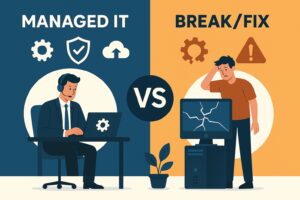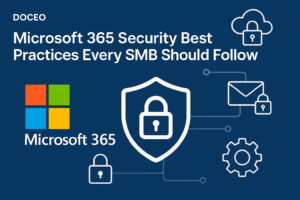Beware of Phishing Tests

With the evolution of technology advances for the greater good comes the evolution of the modern-day hacker. Whether it be through your cell phone, your company’s website, or your work email, hackers are finding new ways to fool victims each day.
Phishing attacks are by no means a new issue, but they are getting smarter and harder to detect for the ‘average Joe’.
Phishing (scams or attacks) are defined as ‘the fraudulent practice of sending emails purporting to be from reputable companies to induce individuals to reveal personal information, such as passwords and credit card numbers.’
A common practice with hackers is ‘Phishing Tests’. These are campaigns to test your organization’s ability to resist attacks. It is to see what information they can get their hands on, and how savvy your organization’s employees are in recognizing a phishing test through a simple email.
Here’s a look at the top email subject lines of phishing tests that are opened by employees:
- Password Check Required Immediately
- You Have a New Voicemail
- Your order is on the way
- Change of Password Required Immediately
- Deactivation of <your email> in Process
- UPS Label Delivery 1ZBE312TNY000015011
- Revised Vacation & Sick Time Policy
- You’ve received a Document for Signature
- Spam Notification: 1 New Messages
- [Action Required] – Potential Acceptable Use Violation
Hackers are playing into employee’s desires to keep their email safe and secure using key phrases that even somebody who is not so tech savvy would recognize. There’s also an intrigue of mystery that often make people curious enough to click on the email (i.e. new voicemail, your order is on the way).
7/10, it’s quite easy to spot one of these phony messages because the body of the email will contain hardly any content. If the subject has you skeptical but the content looks legitimate, look for the accuracy of what it is stating or any grammatical errors. Whatever you do, DO NOT click into the email at all if you continue to be skeptical. Is it always better to be safe than sorry in the world of IT security?
If you feel as though you have received a phishing email, delete it from your inbox, and then make sure you delete it from your trash folder. If it’s a ‘real’ email of importance, you will get notified through a different platform.
Also, read about – how to avoid phishing attacks.




